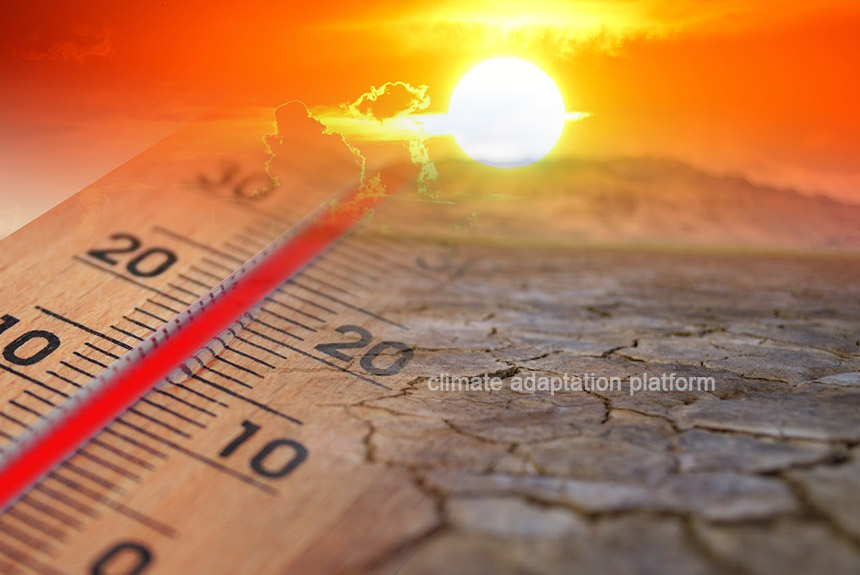If 2023 temperatures have been the hottest year on record, climate scientists think 2024 could still be hotter. They say they are running out of objectives to describe the recent weather anomalies.
The World Meteorological Organisation data shows that the global average temperature in 2023 is 1.45°C above pre-industrial levels, making it the warmest ten-year period (Climate change, 2024).
But temperatures do not stop there; they continue to climb.
Copernicus records a 12-month streak of record-breaking monthly temperatures from June 2023 to May 2024. Each month has the highest temperatures in recorded history (Copernicus: May, 2024).
Ocean surface temperatures have steadily increased since the pre-industrial era at 0.9°C. During the first two decades of the 20th century, there was a cooling period, followed by warming during the 1930s and 1940s. There was then little overall change from the 1950s to the mid-1970s. In the late 1970s, the SST abruptly rose, and this warming continued. The last three decades show increased sea surface temperatures (SST) in most ocean parts. The fastest-warming areas are the Arctic Ocean and the North Pacific (Sea surface, 2023).
The Economist presents six graphs to explain the anomalously hot temperatures from 2023 to 2024. Even with the El Niño event that started in June 2023 thrown into the mix, 2024’s temperature still alarms climate scientists.
Read The Economist article, Six charts help to explain 2024’s freakish temperatures for more information.
It notes that the leading causes of the temperature rise are fossil fuels and the build-up of GHG emissions in the atmosphere. Study results have informed us that climate change can lead to stronger El Niño events.
A 2023 study published in Nature says that sea surface temperature extremes driven by El Niño have intensified by around 10% compared to pre-1960 levels (Cai et al., 2023).
As La Niña, the cooler phase of the ENSO, ushers in, scientists are keenly observing whether this can bring down temperatures. If warming continues, it might signal a fundamental change in the climate.
Sources:
Six charts help to explain 2024’s freakish temperatures. (2024, May 15). The Economist. Retrieved from https://www.economist.com/graphic-detail/2024/05/15/six-charts-help-to-explain-2024s-freakish-temperatures?
Climate change indicators reached record levels in 2023: WMO. (2024, March 19). World Meteorological Organization. Retrieved from https://wmo.int/news/media-centre/climate-change-indicators-reached-record-levels-2023-wmo
Copernicus: May 2024 is the 12th consecutive month with record-high temperatures. (2024, June 5). Copernicus. Retrieved from https://climate.copernicus.eu/copernicus-may-2024-12th-consecutive-month-record-high-temperatures#
Cai, W., Ng, B., Geng, T. et al. Anthropogenic impacts on twentieth-century ENSO variability changes. Nat Rev Earth Environ 4, 407–418 (2023). https://doi.org/10.1038/s43017-023-00427-8



Leave a Reply